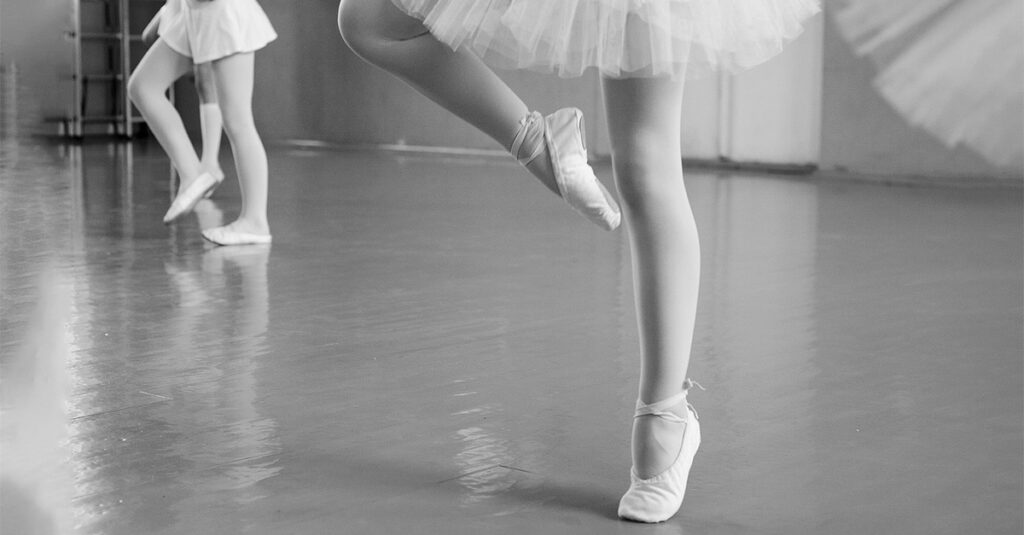Some of us burgis were probably raised by “Boomers” parents who through that education would be their only pamana to their kids. They were quite adamant that we get good grades, get into good schools, and finish our degrees. For those of us who were raised by such parents, some would probably still ascribe to that philosophy as parents. We strive to send the kids to the best schools we can afford.
Parenting advise over the years has also encouraged us to raise kids to become well-rounded people. Aside from being book-smart, kids should also be flexing their “multiple intelligences.” Unfortunately, the typical school curriculum (even in private schools) still emphasizes academics over all the other “intelligences.” So, it’s typical for us to find ways to expose kids to learn other things.
That’s where extracurricular activities come in.
What Are Extracurricular Activities?
Extracurricular activities are programs and activities that students can join beyond their regular academic curriculum. In the Philippines, extracurriculars can be offered by schools or by private individuals and institutions. They are often held after school hours or during the weekends. They’re designed to teach skills, nurture talents, and develop character.
What Are the Common Extracurricular Activities for Kids?
There are quite a lot of extracurricular activities that kids can join, depending on their talents, interests, and capabilities. Some of the common extracurricular activities include:
- Sports – Basketball, football, athletics
- Performance Arts – Ballet, dance, theater
- Music – Band, choir, orchestra
- Visual Arts – Drawing, panting, sculpting, crafts
- Hobbies – Cooking, board games, computers, robotics
- Academic Clubs – Math, science, speaking, debate, writing
- Cultural – Cultural exchange programs, foreign languages
- Student Government
- Volunteer – Outreach, teaching, charity
These are just some of the usual activities. Given how lucrative and enterprising extracurricular activities are as a business, you might even chance upon a bunch offerings that are beyond these typical activities.
For instance, you might chance upon classes on financial literacy and investing and even social media influencing (which should be approached with caution) for kids.

How Much Do Extracurricular Activities Cost?
The costs would depend on the specific activity the kid will join. Some programs, especially volunteer and varsity programs offered by schools, are cost-free. Most, however, would require a separate tuition or fee for students to be able to join and participate. Group classes can be more affordable since the teacher or coach’s pay is split across students. Private one-on-one classes are often more expensive since the student will have the tutor’s full attention.
Aside from the tuition, you might have to spend on uniforms, attire, and gear. You may have to buy at least two sets to make sure the student as an alternate set or a backup. Uniforms, especially for those used in physical activities, have to be laundered and may accidentally tear or get damaged.
We’ve checked out some common classes for kids ages 7 to 10 and here are some quick and dirty computation of the costs:
- Football – 1 module/10 classes( P4,500) + uniform/jersey (P1,000) + shorts (P500) + shoes (P3,500) = P9,500
- Ballet – 1 month/8 classes (P4,500 ) + tutu set (P1500) + shoes (P500) = P6,500
- Nihonggo (Japanese language) – 10 classes (P5,500 inclusive of review materials)
So, letting a student just go for a one-month trial, would already cost somewhere between P5,000 to P10,000. Of course, you’d have to spend on tuition recurrently should the kid decide to continue.
Some activities also have some form of culmination activity where (surprise, surprise) you may get charged extra for tournament fees, promotion test fees, or recital fees. Then, you have to consider the incidentals. If activities are scheduled on weekends, you have to allot time to chaperone aside from transportation and food.
Over a year, you might be surprised that you may have spent double, if not more than, the kid’s real school tuition.

Why Let Kids Take Extracurricular Activities?
Considering the potentially steep costs of letting a kid join extracurricular activities, there should at least be some real benefits and incentives to doing it, right?
Fortunately, extracurricular activities do have some benefits. Here are five reasons to send your kid to extracurricular activities:
- Nurture talents and acquire new skills – Some kids are naturally inclined to certain activities. Letting them have formal instruction to that particular activity can help them develop these skills.
- Increase their confidence – Learning skills, accomplishing tasks, and creating things help instill in kids the idea that they are capable. With this idea comes confidence. They can even overcome fears. Performance arts, for example, can help them be confident in public and overcome typical fears like speaking or performing in front of an audience.
- Gain friends and build relationships – Extracurricular activities allow kids to meet other kids who aren’t in their daily social circles. Many activities require kids to interact with each other or work as a team. These develop their interpersonal and communication skills in the process.
- Supplement academics – Some classes do contribute to improved students’ academic performance. Knowing nifty skills like finger math can help them do calculations faster in math class.
- Develop coping skills – Others would probably highlight things like “leadership” skills as a benefit of extracurricular activities. Yes, to an extent, some activities do help build leadership skills. But what I’d consider more important is coping skills. Some tougher exercises help kids learn how to power through and build grit. In cases of competition, kids can also experience defeat and cope with the feeling.
Overall, extracurricular activities can provide kids with a wide range of benefits that can help them to succeed academically and personally. They offer opportunities to develop new skills, build confidence, foster relationships, and prepare for future success. Oh, and they can be quite fun for the kid too. Why not help them out in their own pursuit of happiness.
Are Extracurricular Activities Banned in Philippine Schools?
Late last year, there was some buzz concerning the banning of extracurricular activities by the Department of Education. The government eventually clarified that there was no official ban. They just wanted the teachers and students to focus more on academics. It was a good thing since, such a move made absolutely no sense. Sometimes you’d wonder if the DepEd actually knows its mandate of promoting the right to quality and complete education.
Kids Have More to Gain
Even if they turn out not to be good at something, they should be able to pick up something useful. Swimming (or even just the ability to float and tread water), for example, can be a life-saving skill. The kid doesn’t have to be an Olympic-level athlete.


I want to know what summer class by face to face and give me some suggestions and classes.
thank you!